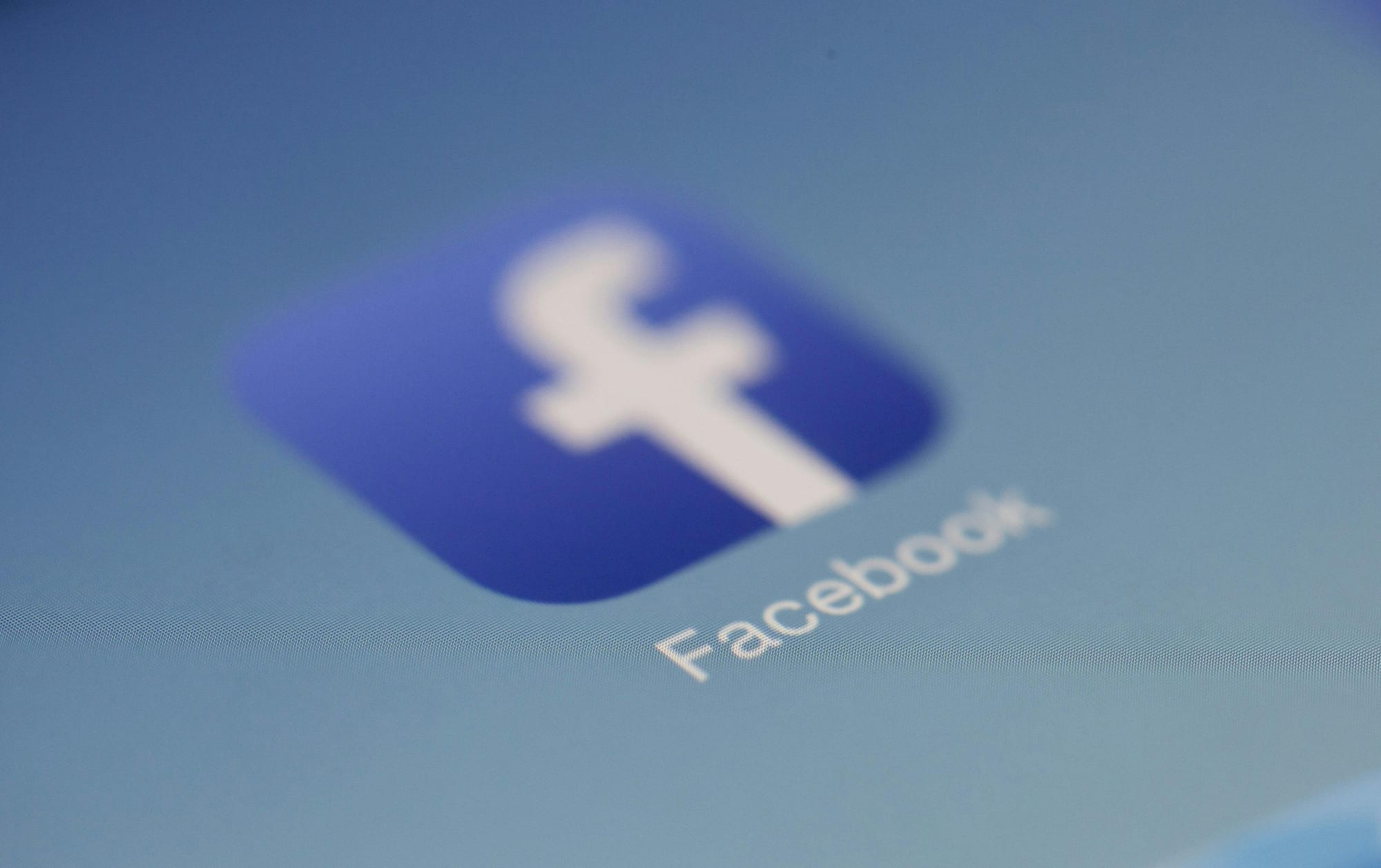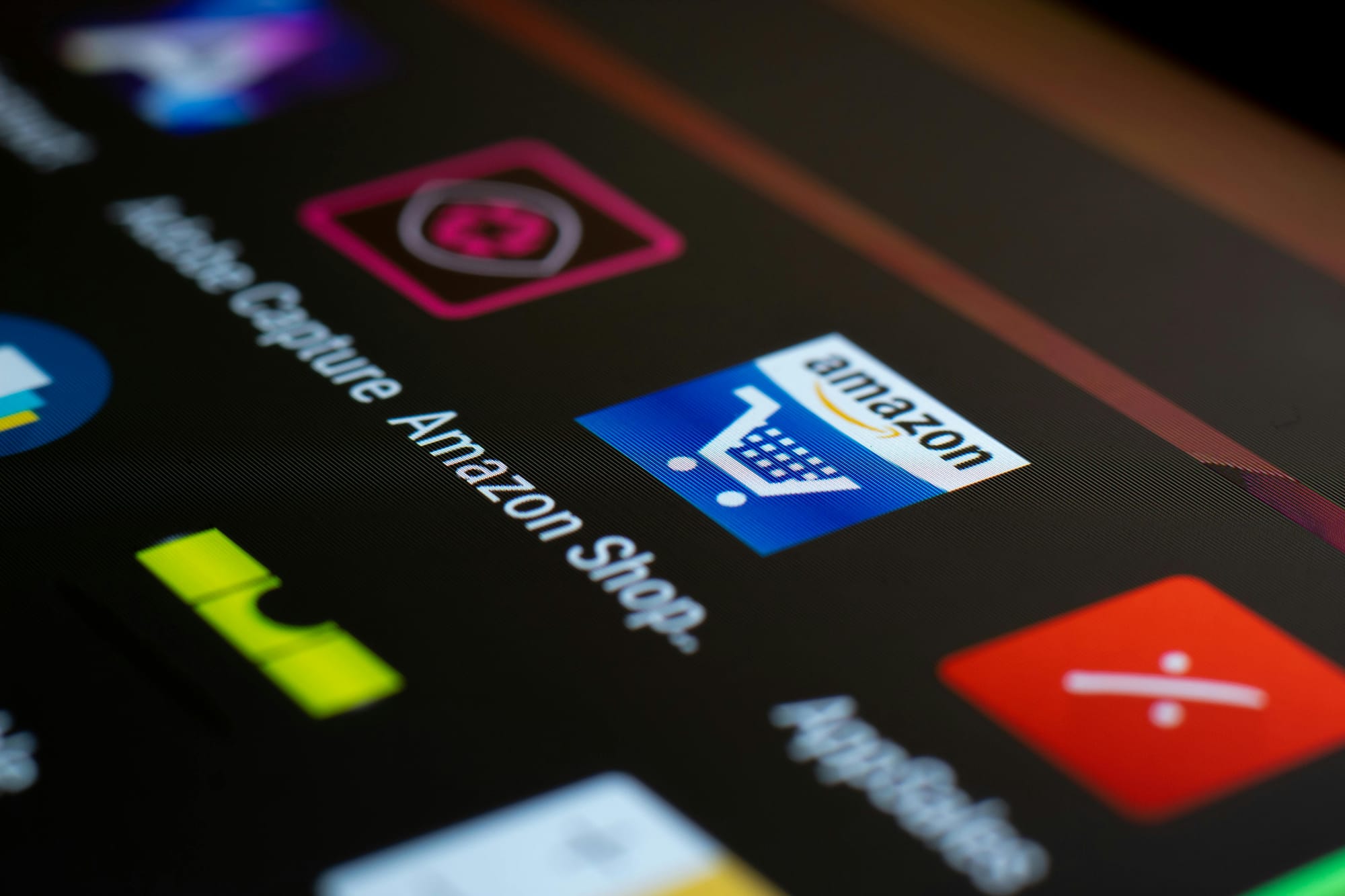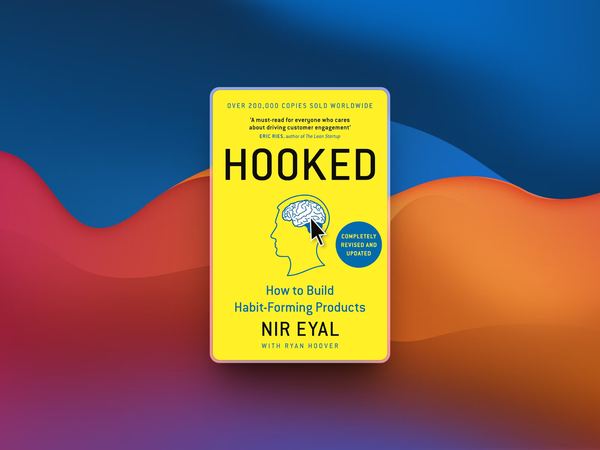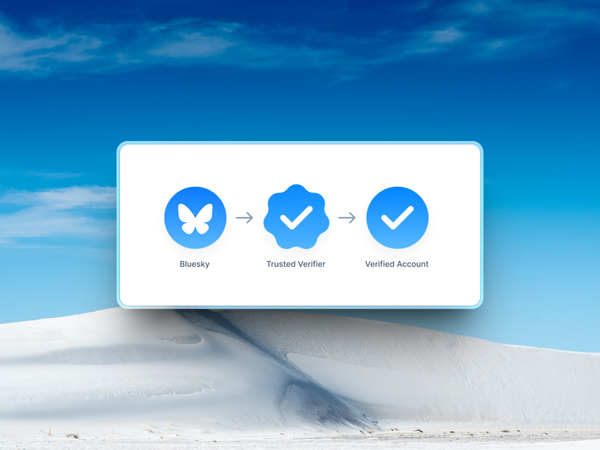Most of us have experienced it.
We fall in love with a platform—be it for connecting with friends, selling our products, or finding great content.
Everything works seamlessly, and the experience feels like it was designed for us. But as time goes on, cracks appear. Ads clutter the interface, algorithms prioritise paid content, and fees quietly increase.
This phenomenon, dubbed enshittification by writer Cory Doctorow, describes how platforms degrade over time.
It’s the result of prioritising short-term profits at the expense of users, creators, or sellers. It’s also shockingly common, thanks to a predictable cycle that prioritises shareholder returns over customer loyalty.
Let’s break it down, with examples you’ve likely encountered—and explore what can be done about it.
Here's a great video on YouTube that succinctly explains enshittification.
The Anatomy of Enshittification
Enshittification is the process by which platforms, often tech-driven ones, go from being user-focused to profit-focused. This happens in three predictable stages:
- Delighting Users: Platforms begin by offering value to users. Free tools, easy access, and enjoyable experiences are the focus. This helps them build trust and grow rapidly.
- Focusing on Creators or Advertisers: Once they’ve hooked a critical mass of users, the platform shifts attention to creators, advertisers, or sellers—who generate revenue. They roll out paid tools or preferential treatment for those willing to invest.
- Extracting Maximum Profit: In the final stage, platforms optimise for short-term revenue by extracting as much value as possible from both users and creators. This often involves raising fees, adding intrusive ads, and prioritising profit over quality.
Examples of Enshittification in Action
Facebook: From Social Network to Ad Platform

Facebook started as a platform designed to connect friends and family.
In its early days, it was free of ads, prioritised personal connections, and felt like a digital extension of your social life.
As its user base grew, Facebook turned its attention to businesses, offering tools like Pages and organic reach. For small businesses, this was a dream—free access to customers! But over time, organic reach was throttled. Businesses were forced to “pay to play,” buying ads to reach the same audience they once reached for free.
By the final stage, Facebook’s algorithms prioritised paid content over organic posts, bombarding users with ads. The experience shifted from connecting with friends to scrolling through ads for drop-shipped products and dubious supplements.
Amazon: Crushing Sellers and Frustrating Buyers

Amazon’s early success was built on two pillars: affordable prices and a wide selection of products from third-party sellers. Sellers loved the platform because it provided access to millions of customers, while buyers enjoyed competitive prices and fast delivery.
But as Amazon grew, it began competing with the very sellers who made its marketplace attractive. It launched private-label products and gave them preferential placement in search results. Sellers faced rising fees, tighter policies, and an uneven playing field.
From the buyer’s perspective, enshittification shows up in the form of cluttered search results, endless ads, and questionable reviews. What was once a streamlined shopping experience now feels like wading through noise.
Netflix: The Rise of Ads and Price Hikes

Netflix revolutionised home entertainment by offering affordable, ad-free streaming. It invested heavily in original content, building a reputation for quality and innovation.
But as subscriber growth slowed, Netflix shifted focus. Prices rose steadily, ad-free tiers became more expensive, and features like password sharing were restricted. Users who once saw Netflix as a must-have now view it as just another player in an overcrowded market.
Worse, the company has started prioritising cheaper, mass-appeal content over creative risks, leaving many long-time subscribers disillusioned.
What Can Users and Platforms Do?
The root cause of enshittification is the relentless pursuit of growth and profit.
Platforms are rarely designed to be sustainable; instead, they prioritise rapid expansion to please investors or prepare for an IPO. Once growth slows, these companies face pressure to “unlock revenue.”
Avoiding enshittification isn’t impossible, but it’s rare. Here are some strategies platforms could adopt:
- Transparency: Platforms should be upfront about changes to algorithms, fees, or policies. Users and creators are more likely to stay if they feel informed and respected.
- Sustainable Monetisation: Instead of relying on ads or squeezing creators, platforms could explore alternative revenue models, such as subscriptions or co-op ownership structures.
- User-Centric Design: Maintaining a focus on user experience can prevent platforms from alienating their core audience.
- Balancing Stakeholders: Successful platforms serve multiple stakeholders—users, creators, and shareholders. Balancing these interests requires careful management and a willingness to make less profit in the short term.
While users and creators have limited power, they can push back by supporting alternatives, owning their data, and voting with their wallets.
If a platform degrades to the point of frustration, cancelling subscriptions or leaving can send a strong signal.
Enshittification isn’t just a minor annoyance; it’s a betrayal of trust. Platforms that once made life easier turn into sources of frustration, eroding the goodwill they spent years building.
The cycle will continue as long as platforms prioritise profit over sustainability. But as users, creators, and businesses, we can demand better.
Whether it’s supporting alternatives or holding companies accountable, small actions add up.
Platforms don’t have to enshittify—but they need to believe that long-term loyalty is worth more than short-term gains.
Until then, we’ll keep watching once-great platforms slide into mediocrity.











